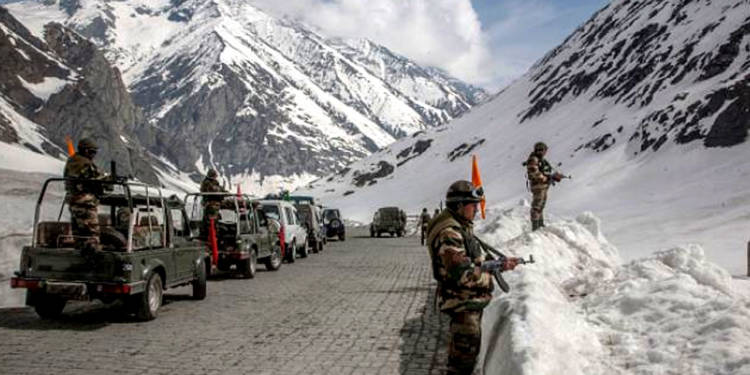Infrastructure development in border states is important for the security of the country. However, the previous governments have neglected this pertinent issue in last six decades. The infrastructure development in these states is tougher due to the difficult terrain and month’s long snowfall. But the connectivity to these areas is important for strategic security and welfare of the people residing there. The Modi government has made tremendous efforts to connect the eight northeastern states and Ladakh region with rest of India.
In the latest move to improve connectivity in the border areas, the government has decided to modernize all the roads and construct new ones leading to the Siachen glacier-the world’s highest battlefield. This would help the armed forces in faster movement to the strategically located battlefield in the Himalayas. The Indian Army has a base camp at Siachen glacier since 1984, when the Pakistani plan to control the area had been foiled under Operation Meghdoot.
The roads from Panamic to Siachen Base Camp will be constructed by Border Roads Organization (BRO) under Project Vijayak. The Siachen area has extreme weather conditions, and modern technology is required for sustainability of these projects. “It is not easy to operate in these weather conditions where temperature dips to minus 10-15 degrees during summer and carry on construction activities,” said an official.
BRO will build new bridges for movement of heavy equipment. Last year, BRO constructed 35 metre long ‘Chamesahn’ bridge, under Project HIMANK, to ease vehicular movement to Siachen Base Camp.
Previously, Indian Army had built the longest suspension bridge in Ladakh region in record 40 days. The 260-feet long bridge is built over Indus River and named Maitri Bridge. The bridge was built by the Indian Army to help the residents of Choglamsar, Stok and Chuchot which are the largest villages in the region.
The Ladakh region is strategically very important given the fact that it borders China. Therefore good connectivity is required to help the local population and armed forces. Maitri Bridge also demonstrates the capabilities of the Indian Army.
The Modi government has increased the infrastructural spending in sensitive areas of the Northeast and Jammu & Kashmir. China and Pakistan are closer than ever and therefore it is imperative India prepares itself for a two-front war. To fight a two-front war, connectivity to border areas is as important as fighting capability of armed forces. So, the spending on infrastructure becomes crucial to secure the strategic interest of India.
India could give a befitting reply to China only if it has a solid infrastructure in the region for movement of its armed forces. The infrastructure development in the region is also important from the civilian point of view, as it will make the life of people in the regions a bit easier. The people in border areas region live in very difficult condition, therefore, investment by government is necessary. The infrastructure development in the region will also promote tourism in the region which will bring economic prosperity of people living in the border states.





























